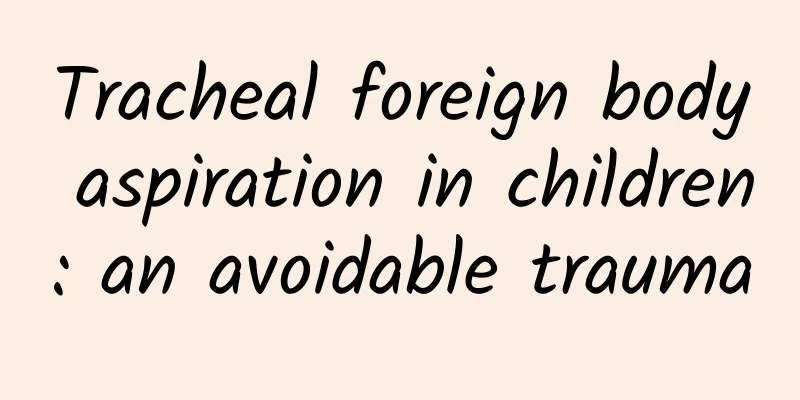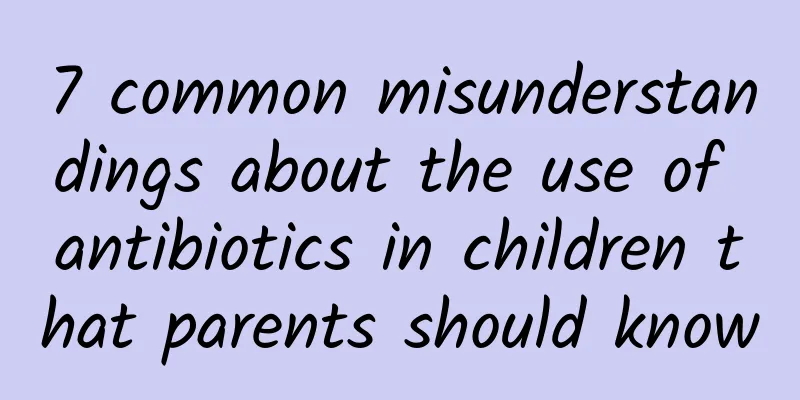Tracheal foreign body aspiration in children: an avoidable trauma

|
Age of onset of tracheal foreign bodies Tracheobronchial foreign body aspiration is a potentially life-threatening event because it can impair breathing by obstructing the airways and can even cause death if large airways are blocked. Approximately 80% of pediatric airway foreign body aspirations occur in children under 3 years of age, with a peak incidence between 1 and 2 years of age. Children this age enjoy putting small objects in their mouths, but they do not yet have the teeth to chew food adequately. Other reasons that foreign body aspiration may occur in this age group include exposure to inappropriate foods or small objects, movement while eating, and having older siblings who may put food or objects in the mouth of the younger child. Sources of tracheal foreign bodies Commonly aspirated foreign bodies in children include peanuts (36% to 55% of all foreign bodies in Western societies), other nuts, seeds (especially watermelon seeds in the Middle East), popcorn, food particles, hardware, and toy parts. Food is the most common aspirated foreign body in infants and young children, while nonfood objects (eg, coins, paper clips, pins, pen caps) are more common in older children. Factors that make foreign bodies more dangerous include round shape (round objects are most likely to cause complete airway obstruction and suffocation), resistance to breakage, compressibility, and smooth surfaces. Management of tracheal foreign bodies If foreign body aspiration is known or strongly suspected, take your child to the hospital immediately. Generally, a bronchoscope is required to identify and remove the foreign body. Some cases require thoracotomy due to special locations. If the diagnosis is made soon after foreign body aspiration occurs, damage to the airway or lung parenchyma is usually minimal. However, many children are not diagnosed until a chest X-ray is taken after coughing for a long time. The longer the foreign body is retained, the more likely it is to develop complications such as atelectasis, post-obstructive pneumonia, and even bronchiectasis. Notice to Parents Children should only be fed by adults and should be fed in an upright sitting position; Children should be taught to eat quietly, especially not to play, run, cry or laugh; Chewable medicines can only be given to children after 3 years of age (when molars appear); Do not allow children to put small objects in their mouths, such as small parts of toys, and follow the age recommendations on the toy packaging; Be aware of older children in the home who may give dangerous items to younger siblings. |
<<: How to administer cetirizine drops?
Recommend
Causes of menstruation during pregnancy
I have a friend who is pregnant. We are all happy...
What changes have occurred in leucorrhea after pregnancy?
After a woman becomes pregnant, some subtle chang...
How to treat mild cervical erosion
Cervical erosion is a disease that troubles women...
How to maintain cow leather? Which is better, cow split leather or cow leather?
Cow leather is a kind of leather that is made fro...
Treatment for premenstrual pain
Premenstrual abdominal pain brings great torture ...
Symptoms of menopausal irregular menstruation, these matters need attention
The most common symptom of menopause for female f...
Precautions for women to use moxibustion on the abdomen
We all know that the health care projects in beau...
How to treat uterine cold and dampness?
Many women experience dysmenorrhea and acne on th...
If you are infertile, why fake pregnancy?
This is the 4404th article of Da Yi Xiao Hu Ms. L...
Ovarian cysts: TCM treatment
Gynecological diseases are a difficult problem fa...
What are the treatments for breast tumors?
Breast tumor, also known as breast cancer, is one...
Do I gain weight before my period?
Many women have the habit of measuring their body...
How long does it take to get your period after an abortion?
Abortion is very common. The choice of abortion s...
Do girls need to remove hair from their private parts?
Many women nowadays pay great attention to the co...
How long does it take for the pregnancy line on the belly to disappear?
Stretch marks are a type of texture that usually ...



![[Popular Science Lecture] Preventing recurrence of cerebral infarction: prevention is better than cure](/upload/images/67f1983426e93.webp)





